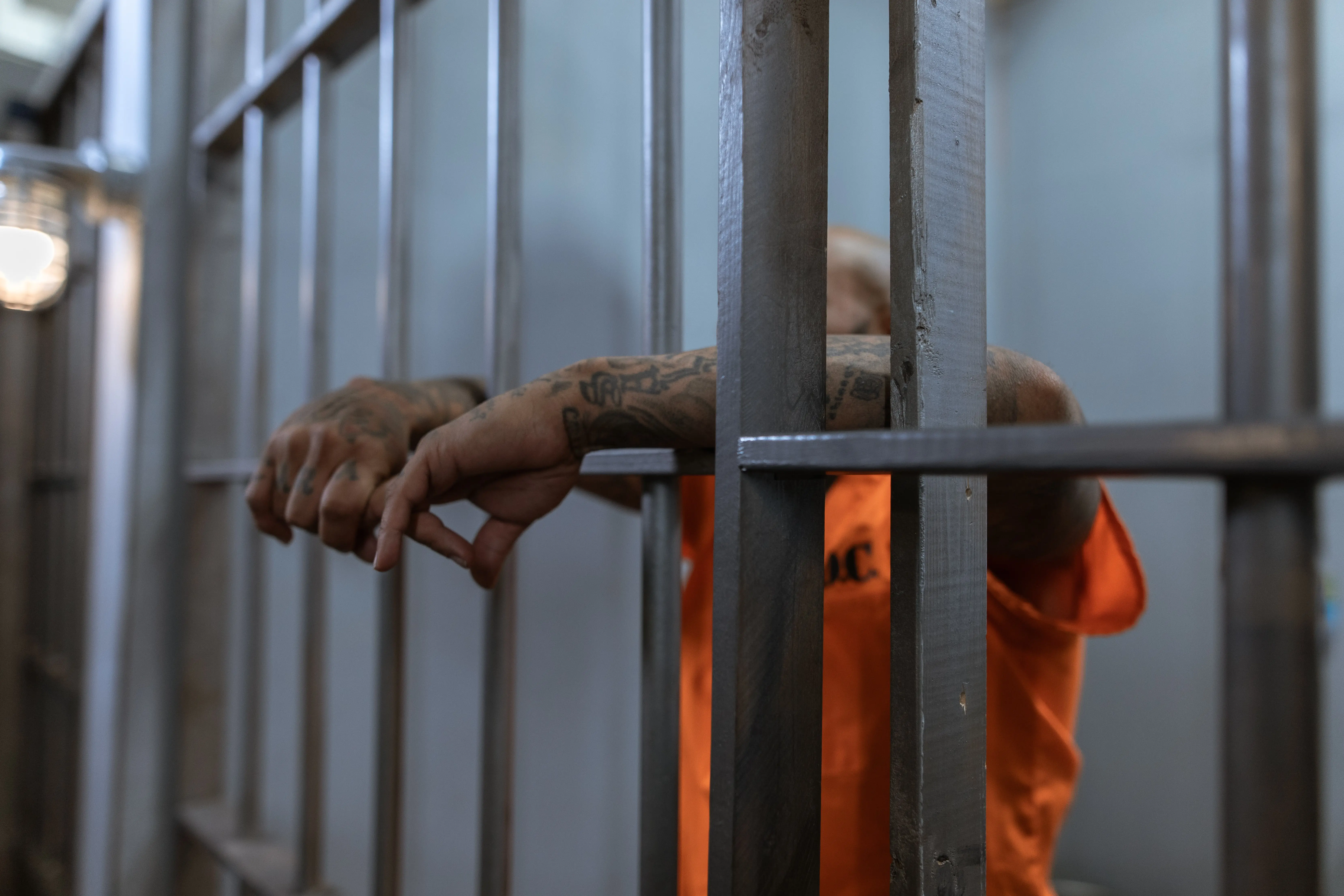In the United States, the current level of incarceration is 2.2 million individuals per year. From this number, half of them are non-violent drug offenders, accused persons who are held in custody due to lack of funds to meet bail. Low-income communities are more likely to have higher incarceration rates because poverty is one of the primary reasons behind the high level of incarceration. An example is those who are imprisoned indirectly because of poverty. These include violations related to homelessness such as bans on sleeping, sitting or lying down in public, sleeping in cars, begging, and loitering. Being homeless increases the chance of incarceration, and being incarcerated increases the chances of being homeless (Herring teal 133). The leading causes of incarceration are poverty and overcriminalization. It is also a challenge for people who have been incarcerated to find employment after they serve their time, forcing them into poverty and crime to get means for survival.
Poverty is linked to criminalization because some criminal activities result from poverty either directly or indirectly. For example, in the U.S, it is against the law to fail to pay child support. Once the individuals cannot meet these expenses, they are imprisoned. However, looking closely into this situation, they are not willing to pay child support simply because they cannot afford to pay. Their economic position does not allow them to meet these obligations. The main reason for this is that most states do not set the standards according to the parent’s income but the expected earnings.
Another example is the incarcerated individuals’ failure to honor debts or fines owed for minor offenses. The legal system punishes many legal infractions by imposing fines. Therefore the inability to pay may lead to incarceration. Adults from low-income and poverty-stricken communities are highly likely to commit crimes. Most of them usually do not have a high level of education and, as a result, low income or unemployment. Children brought up in poverty are highly likely to develop habits and get exposed to criminal activities, making them likely to start committing crimes at an early age.
Schools are reinforcing disparities found in communities of color through meaningful inclusion of communities of color, i.e., by involving them in developing policies and procedures that apply to them. These can also be through involving the parents and students so that they are designed in a way that will benefit those it directly affects. Budgeting and planning decisions that incorporate racial equity. Schools are also improving their accountability systems for equality, such as ensuring equal cultural representation in the school curriculum and rewarding a school culture that supports and honors and creates achievements for all students (Curry et al. 5).
Works Cited
Curry-Stevens, Ann, Analucia Lopezrevoredo, and Dana Peters. “Policies to eliminate racial disparities in education: A literature review.” (2013).
Herring, Chris, Dilara Yarbrough, and Lisa Marie Alatorre. “Pervasive penalty: How the criminalization of poverty perpetuates homelessness.” Social Problems 67.1 (2020): 131-149.








